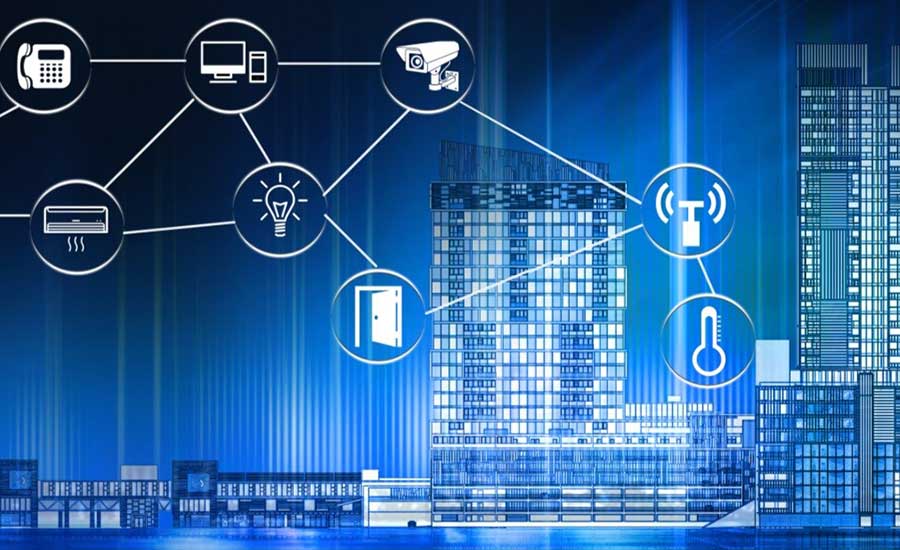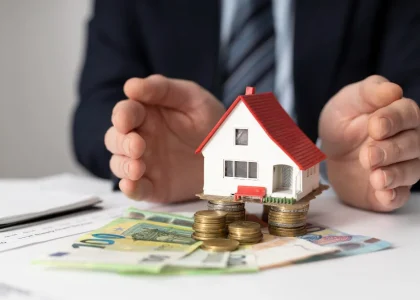A step towards New Era of Eco-Friendly Building.
Just think about an environment that is clean with fresh air and water and green forests. It is by taking
care of the world we live in. Sustainability is living in a manner that benefits the earth. It is about
choosing the good things on Earth and future. Through sustainable living, people can minimize the
damage on our planet and build a new kind of world.
Green building has become one of the priorities of constructors, who understand the necessity to
minimize the negative effects on the environment, as well as to enhance human life and health. Building
houses are also being done in an ecofriendly manner by construction companies. They are less harmful
to the planet and they are constructing buildings that are planet friendly. This benefits both our
environment and makes the people healthier. Green buildings are gaining popularity and the companies
are trying to satisfy it.
In this blog we look into the area of trend and opportunities in construction as regarding sustainability.
1. The Green Building Standards on the Increase:
Green building assessments like LEED (Leadership in Energy and Environmental Design), BREEAM
(Building Research Establishment Environmental Assessment Method) and EDGE (Excellence in Design
for Greater Efficiencies) are among the largest changes that have occurred in the construction sector.
Such frameworks provide standards in environmentally sensitive design, allocation of resources, and
sustainability.
These buildings achieve better standards on the planet as well as lower operating costs, increased
market value, and heightened investor interest.
LEED-certified buildings use 25 percent less energy and 11 percent less water than non-
certified ones.
2. Energy-Efficient Technologies:
Current buildings with a sustainable nature are not just installing solar panels anymore. Innovations
like:
Intelligent HVAC systems
Motion sensitive LED lighting
Roofs and walls that is green
Passive solar construction
…are changing the way energy is utilized and conserved.
These products make a building less energy-intensive and save considerable money on energy costs in
the long run, an aspect valued both by business and residential customers.
3. Green Building Materials:
Concrete and steel that are used to construct buildings are environmentally expensive. Business
organizations are now seeking sustainable alternatives and they include:
Bamboo and hempcrete
Low-VOC finishing and coating products
The use of insulation produced out of natural fibers such as cotton or wool
These materials not only minimize waste but help keep up with the requirements of circular economy,
where management involves reusing and repurposing the materials.
4. Digital Transformation in the Construction industry:
It is not just the materials, but also smarter planning that keeps the construction in sustainability. Some
of digital tools like BIM or Building Information Modeling, Augmented Reality (AR) and Virtual Reality
(VR) and Construction management software are assisting designers and contractors in reducing errors,
overuse of materials and in being efficient. This does not only decrease the environmental impact, but it
also decreases the cost and accelerates schedules.
5. Contribution of government:
Governments are promoting the practice of sustainable construction by offering tax incentives and
subsidies as well as regulations across the globe. Energy-efficient home credits and carbon emission
fines are just two ways in which the transition is becoming obvious: Sustainable building is not only
more popular, it is prioritized.
This presents a commitment of construction companies that adhere in these requirements well ahead of
time and can provide green know-how as much as possible to the customers.
6. The Increasing Need to Have a Green Building:
Consumers in this age are more aware than ever before. Individuals are interested in spaces that are not
only beautiful but also healthy and efficient living and working environment. Businesses are also forced
to reach their ESG (Environmental, Social and Governance) objectives, which usually consist of
sustainable infrastructure.
The increased demand creates an enormous market potential to all builders, designers and real estate
developers whose practices are environmental friendly.
7. New jobs new skills:
As sustainability increases, there is an emerging need of new skills and jobs like:
Green building consultants
Sustainability officers
Energy auditors
Environmentally friendly architects and engineers
This pattern brings about the possibility of increased employment and capacity-enhancement programs
in both new and developed economies.
Conclusion:
Future-proof construction
Green building is not a past prospect anymore, it is the new norm. The building industry is maturing
fast, with higher technologies, new environmentally friendly materials, and better strategies.
It is a time of opportunity to businesses. To communities, it is a way towards healthy living. And to the
planet, it is a lifesaving move in the right direction.
Our decisions are going to define the reality that we will see the next day.
Now, let us make it better. We can construct it sustainably.



